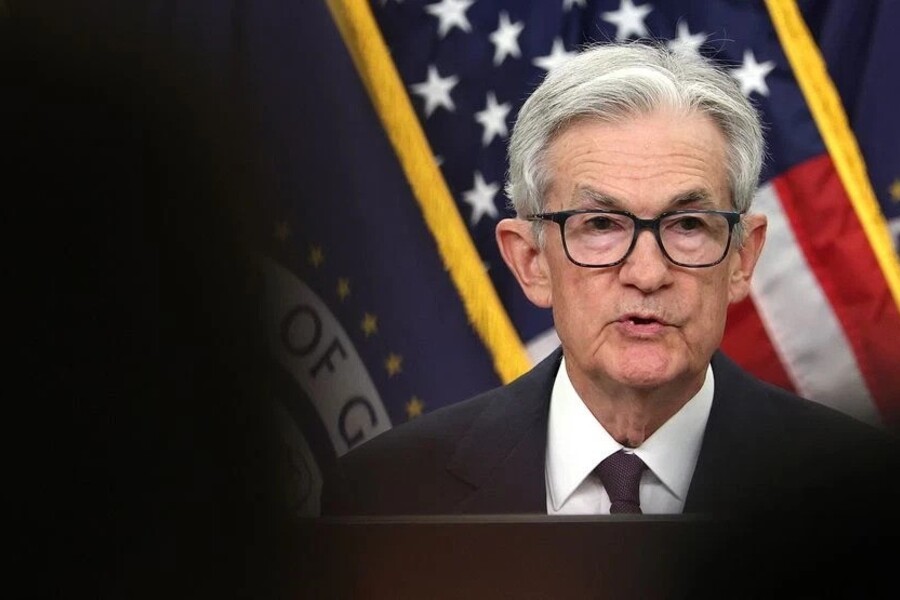The Federal Reserve on Wednesday opted to keep its benchmark interest rate unchanged, maintaining the target range of 4.25% to 4.5% as officials assess the broader impact of President Donald Trump’s economic policies and elevated global uncertainties. The move underscores the central bank’s cautious approach in the face of strengthening inflation expectations and looming trade developments.
Fed Chair Jerome Powell reiterated during a press conference that the U.S. economy remains resilient, citing a robust labor market and steady consumer spending. However, he acknowledged that recent and expected tariff hikes introduced by the Trump administration could contribute to higher inflation in the coming months while slowing overall growth.
“For the time being, we are well-positioned to wait to learn more about the likely course of the economy before considering any adjustments to our policy stance,” Powell said.
The Fed’s decision marks a continuation of its stance since the last rate cut in December 2024, when the central bank trimmed rates by 0.25 percentage points. Despite growing political pressure from President Trump, who earlier on Wednesday criticized Powell for refusing to lower rates, the Fed remains focused on economic data rather than political messaging.
Inflation is expected to climb, with the central bank projecting the Personal Consumption Expenditures (PCE) Price Index to reach 3% by the end of the year. That’s above the Fed’s 2% target and reflects potential price increases spurred by trade disruptions. Unemployment, currently at 4.2%, is forecast to edge up slightly to 4.5% in the same timeframe.
“The thing that every outside forecaster and the Fed is saying is that we expect a meaningful amount of inflation to arrive in the coming months,” Powell noted. “And we have to take that into account.”
While the Consumer Price Index (CPI) registered at 2.4% in May, speculation continues that the administration’s tariffs may soon push prices higher. President Trump’s 90-day suspension on reciprocal tariffs ends July 9, a date economists are watching closely as it could trigger further price hikes on imported goods.
Despite the caution, Fed officials have maintained their forecast of two interest rate cuts before the end of 2025, consistent with their March projection. However, they provided no concrete timeline for when those cuts might occur.
“What we’re waiting for to reduce rates is to understand what will happen with the tariff inflation,” Powell explained.
Analysts suggest a rate cut could materialize at the Fed’s September 17 meeting, depending on the performance of inflation and the labor market over the summer. If inflation data for June and July remain modest and job growth slows, some observers believe the Fed could even act at its next meeting on July 29–30.
From a consumer standpoint, the Fed’s decision means little immediate change for borrowing costs. Loans and credit card interest rates are likely to stay elevated, offering no near-term relief for borrowers. However, savers may continue to benefit from higher interest earnings on savings accounts and certificates of deposit.
“This is music to the ears of savers, like retirees, who are earning good income on their hard-earned savings,” said Greg McBride, chief financial analyst at Bankrate. “But it underscores the urgency for borrowers to aggressively pay down high-cost credit card debt.”
President Trump, meanwhile, continues to apply public pressure on the central bank. Speaking hours before the Fed’s announcement, Trump lashed out at Powell, saying, “We had the highest inflation we ever had, and then it came down when I got elected. Now we have a man who refuses to lower the Fed rate.”
Despite such criticism, the Fed remains committed to navigating the economy based on data, not politics. As the summer unfolds, attention will turn to inflation metrics, tariff developments, and labor market trends — all of which will shape the Fed’s path forward. For now, patience remains the guiding principle.
